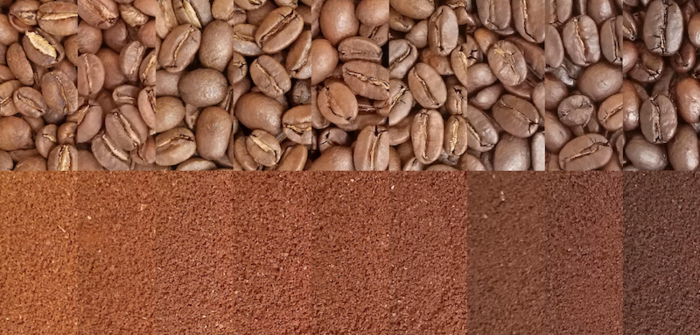
Assuming I don't wreck any of the batches, I'll end up with 30 pounds of roasted coffee and that's going to have to sell for $26 per pound (I should really be selling it for $32, but I don't think my customers will pay that much for this).
As the coffee cools, the juicy sweetness becomes more prominent in the cup. Nicely balanced, still getting that nice apple note. I think I would have had a good shot at winning the competition with this (I was hoping for third place).
Tasting the coffee and, yeah, it's very nice. It tastes absolutely nothing like what I normally do with Brazilian coffees (I could have replicated that flavor profile, but given what I'll have to charge for this, what's the point of that?) It reminds me of the coffee in Ethiopia after you dip some /Ruta chalepensis/ in it, though not roasted anywhere near as dark. For those who haven't had that, it's sort of apple-like.
Match to the roasting plan was perfect with the production test batch of what was originally going to be my competition coffee. Based on the mass loss it looks like I'm going to end up with about 30 pounds roasted available to sell and then it's gone. I'll be tasting this tomorrow to make sure it's good brewed as someone might do that as I've only had this on the cupping table so far.
Took a look at how the shop's web site is doing for sales now that that's been taking orders for more than a year. It's down from the April highs, but still like an extra day of sales per month, which is better than I feared it might be when I started working on that.
Searching for "coffee roasting" on https://sepiasearch.org/ my videos pretty much dominate the first three pages of results. Works as expected.
Supplier tasting notes are citric fruits, and I can bring that out in the roast and get something that smells amazing, but the flavor intensity wasn't following from those aromatics, making the whole experience there somewhat disappointing.
What I ended up doing was pushing through yellow quickly to modulate sweetness into a caramel apple expression (so completely different from the supplier's tasting notes), stretch the range after that but prior to 1C to get more of the reactants I'd want available later in the roast, then accelerate into and through first crack right to the edge of 2C to boost the body and get a really interesting cup complexity going on with chocolate, caramel, and apple notes richly textured and changing.
- Software
- https://typica.us
- Send Money
- https://typica.us/payment.html
Author of Typica software for coffee roasters.

